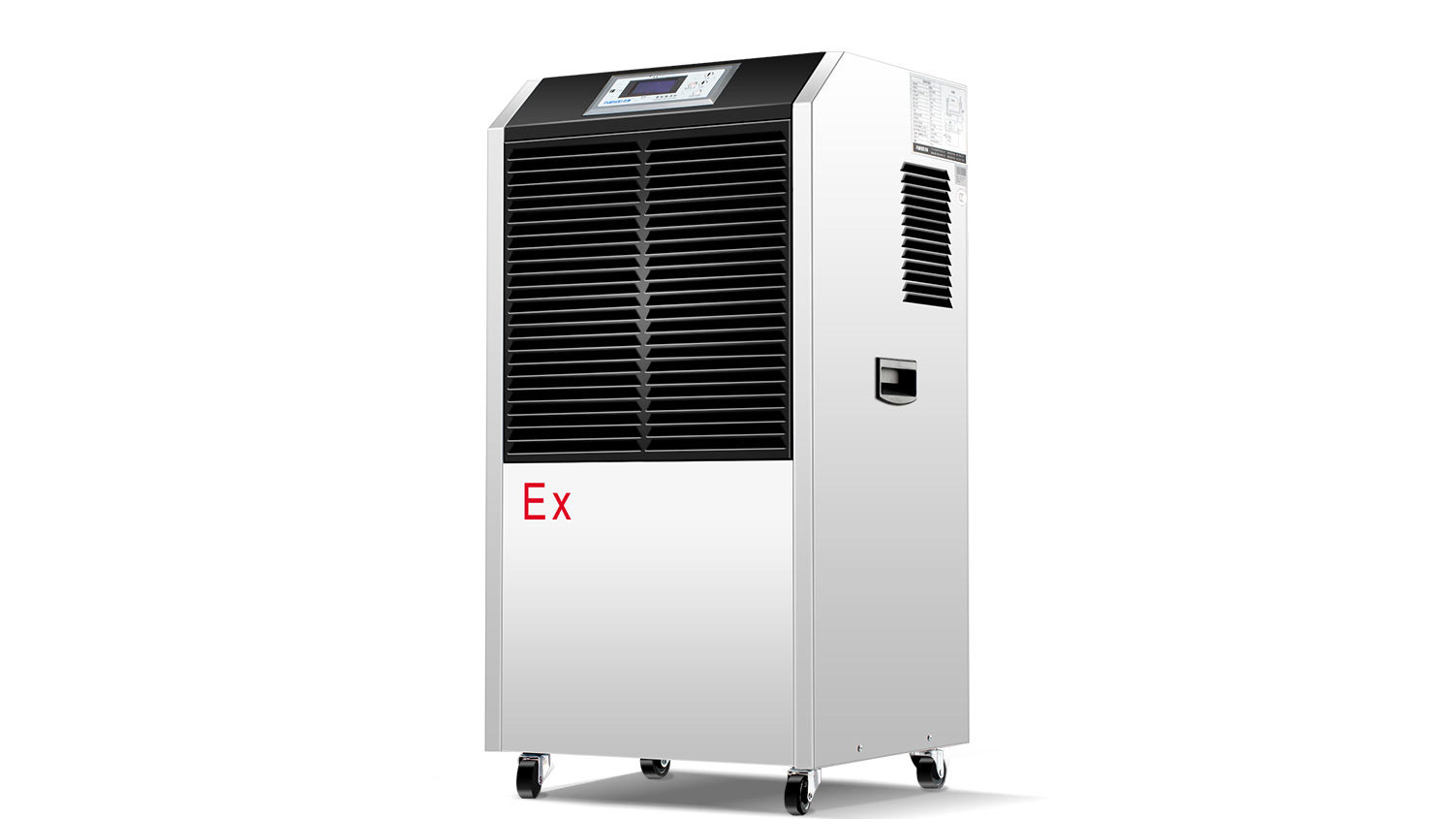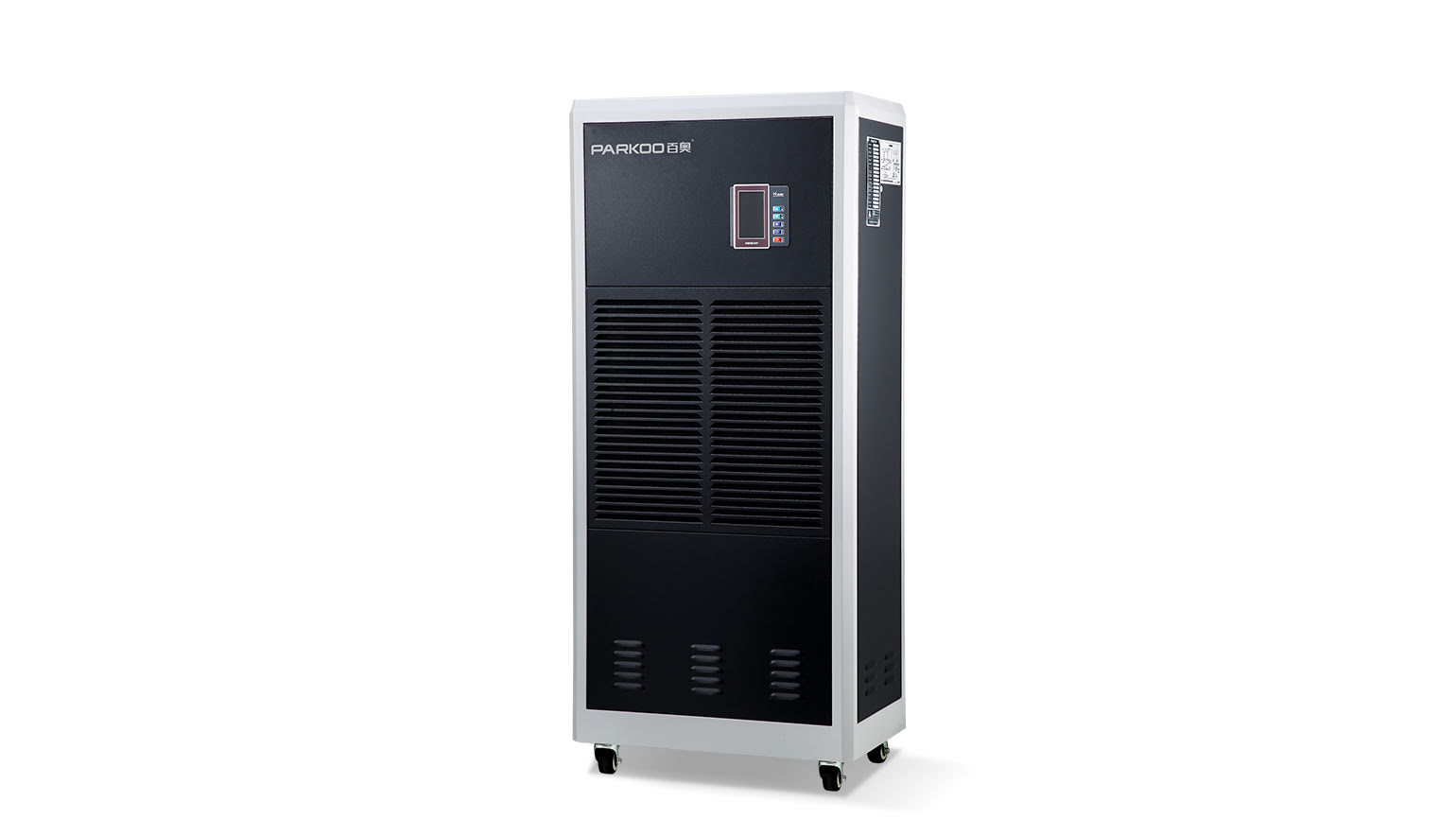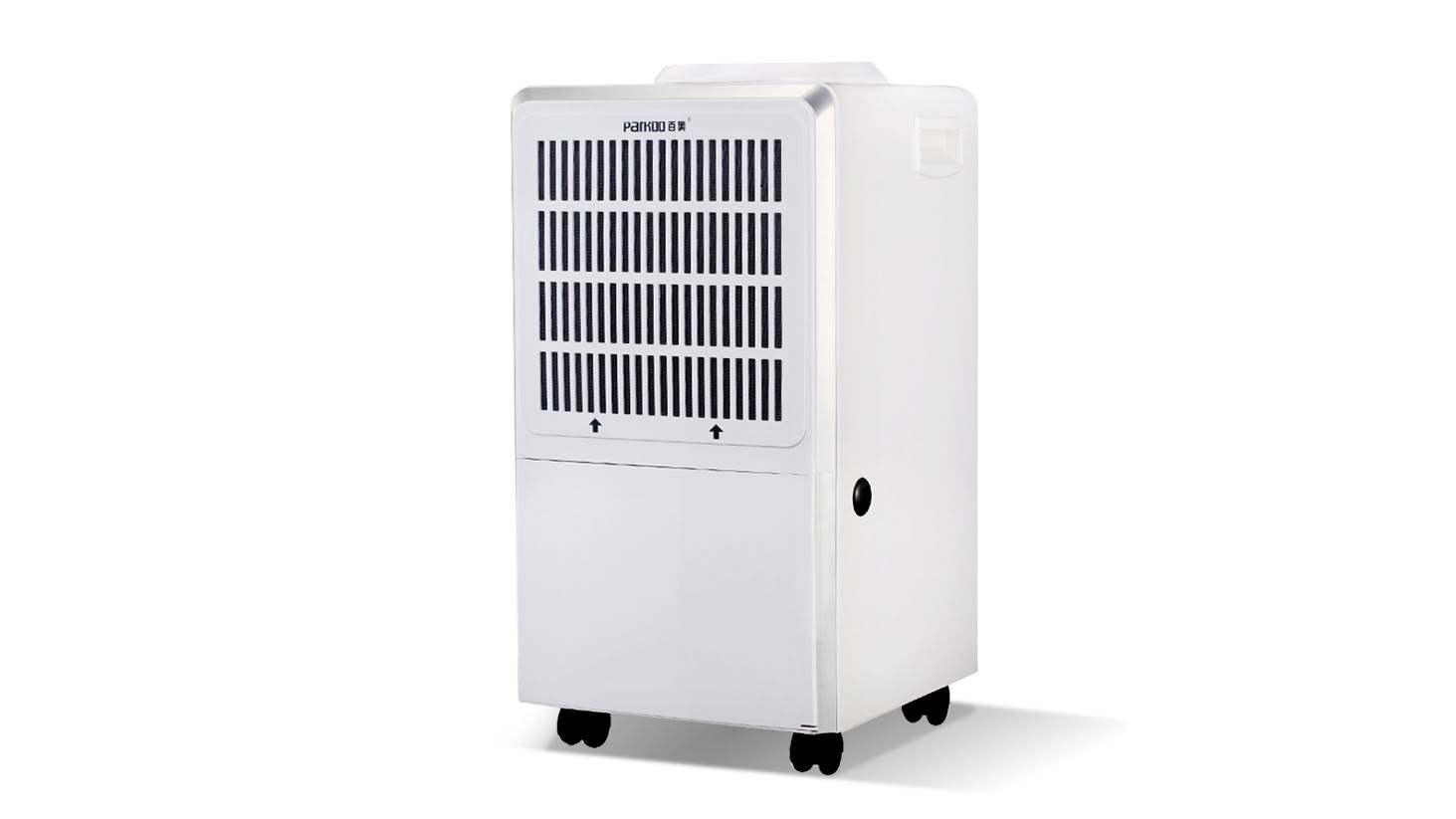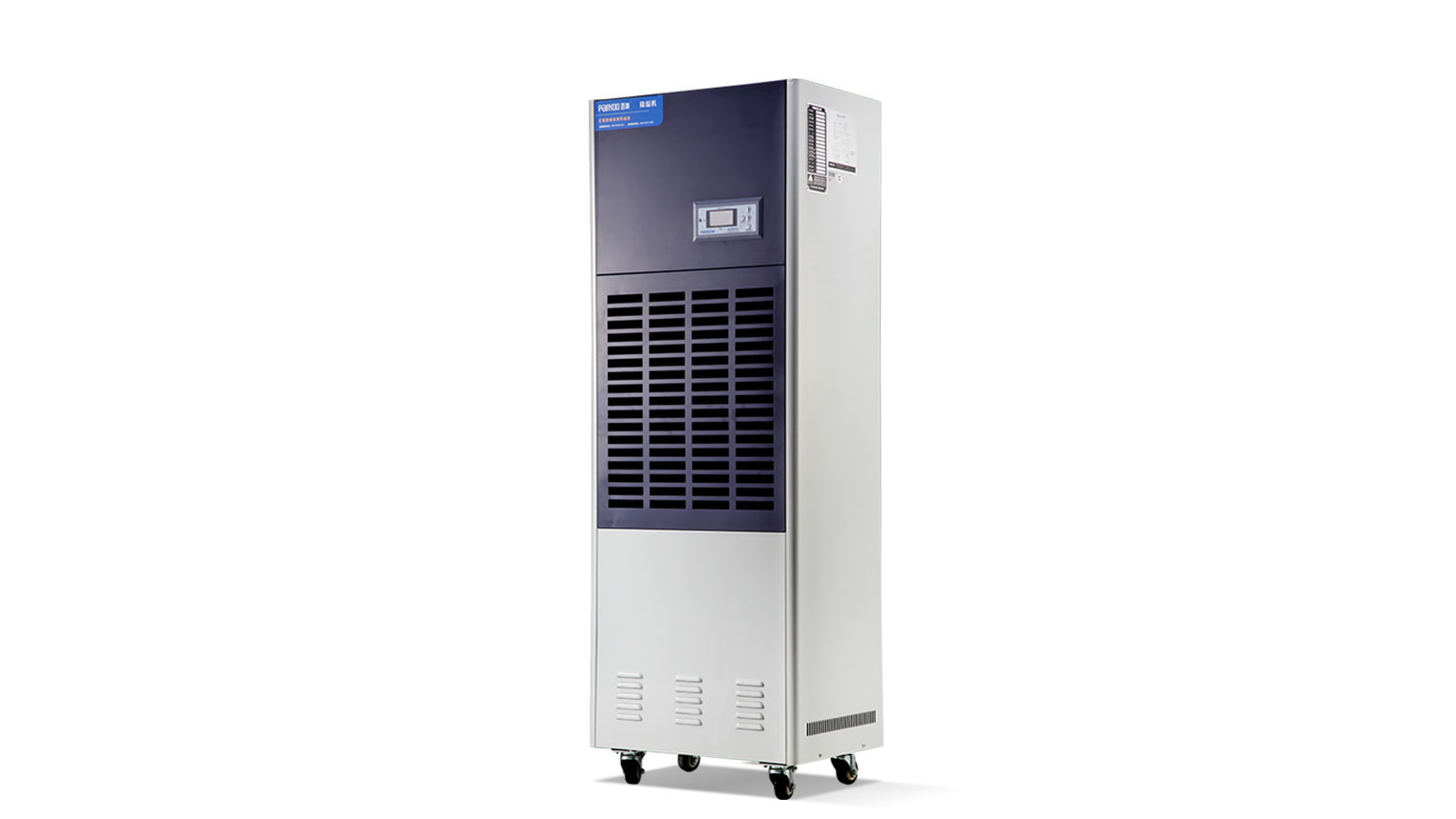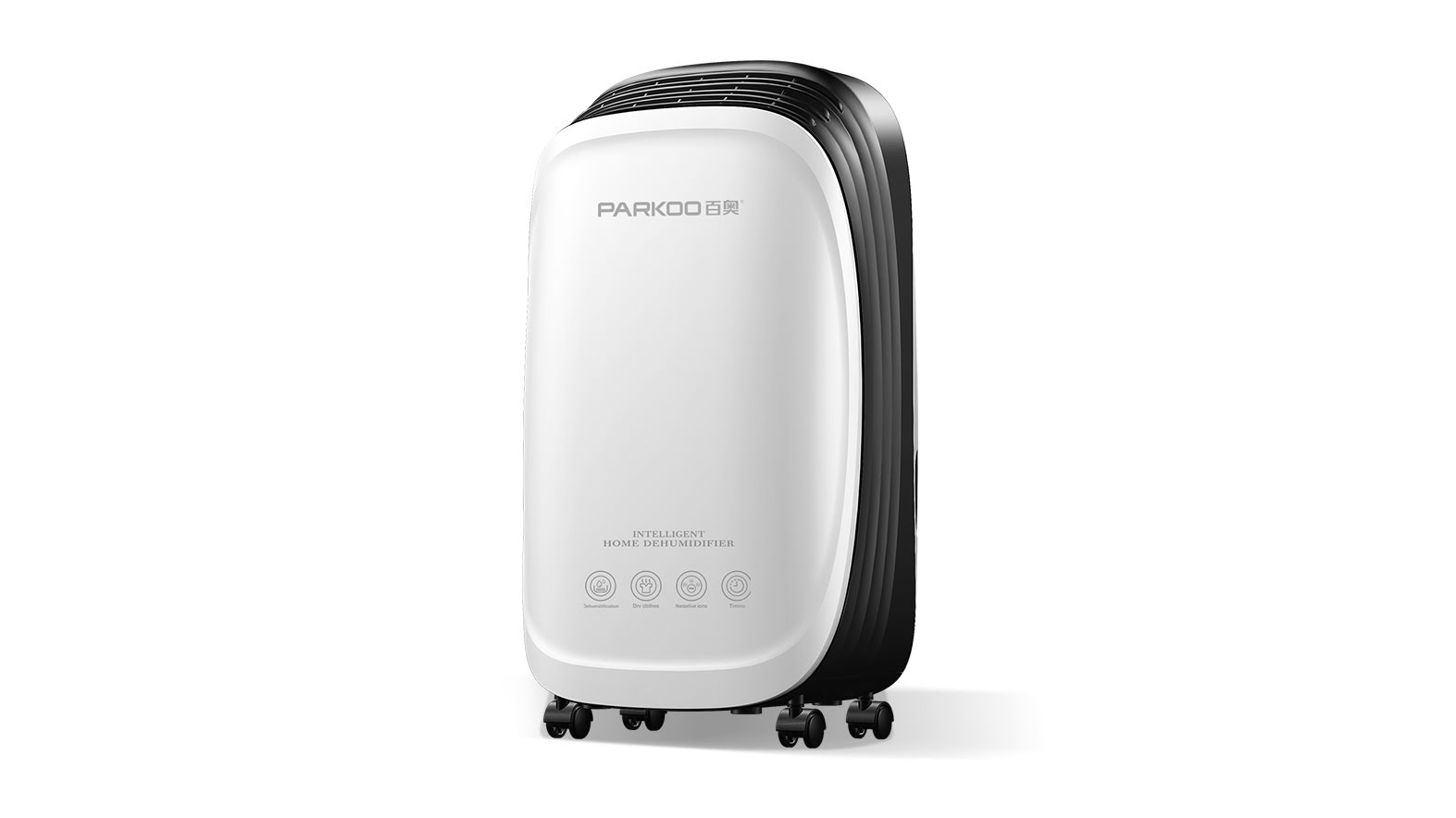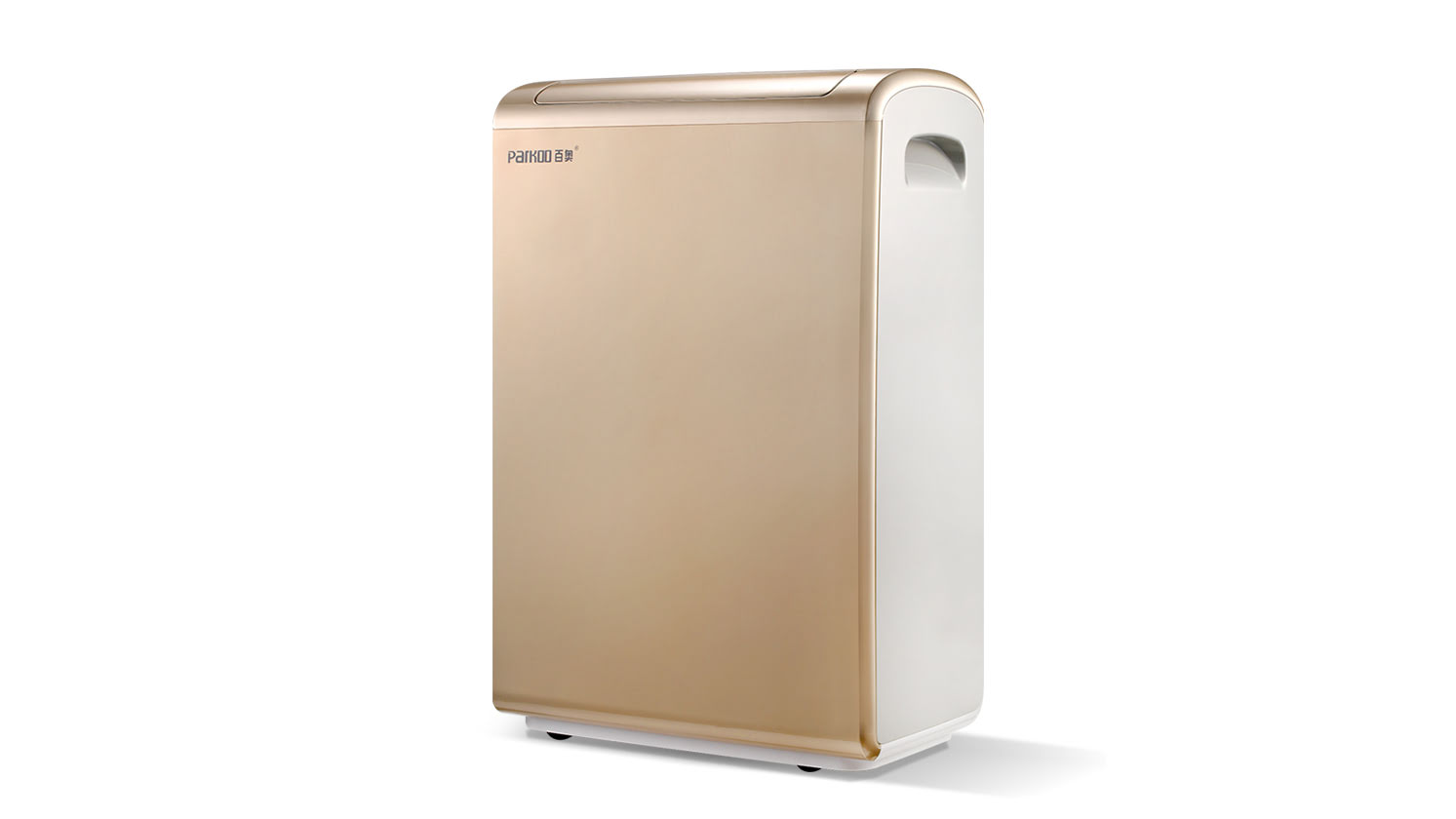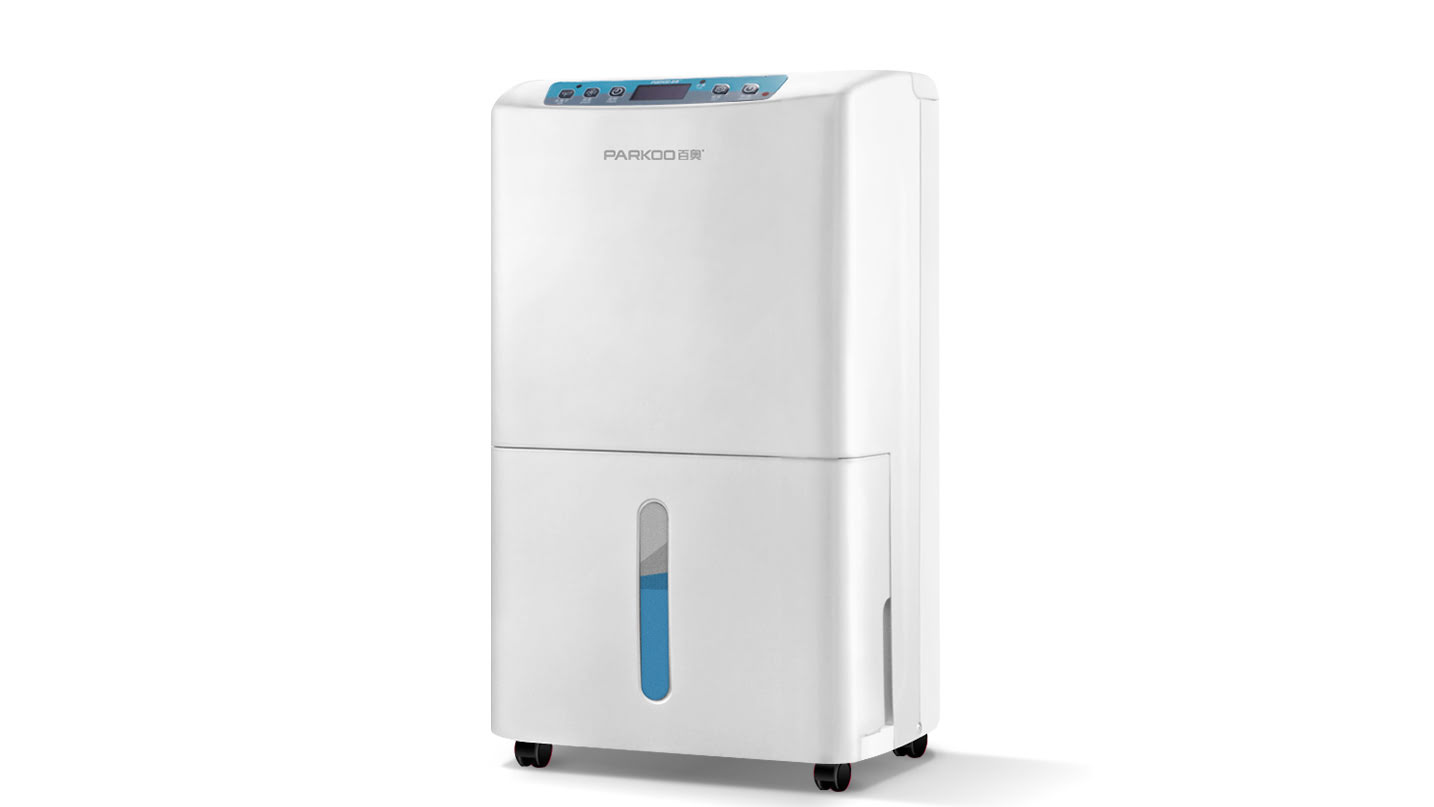Humidity issues affect manufacturers, such as:
Machine rooms, especially outdoor swings with high humidity. excessive indoor air can Cause condensation on equipment, wet floors, and saturated electrical panels A water-cooled machine used for injection molding. any moisture formation on the machine can cause discoloration of the product printing Facilities. Paper may wrinkle, shrink, or swell, causing ink registration issues Products that require a specific drying cycle. Examples include Plants from manufacturers Who manufacture or store dried foods (such as spices, grains, and candies) or recycle rubber coverings. If the air humidity level is too high, the drying time may be longer than required, slowing down production, reducing Productivity, and increasing energy consumption. If the dry food packaging factory can not properly maintain the indoor Environment, it will also endanger the food Quality
here are some strategies to address potential expensive and high load humidity issues in Manufacturing Environments:
when introducing specific CFM (cubic feet per minute) of outdoor supplementary air into indoor manufacturing spaces, please ensure that the air is properly handled before entering the production and storage environment. That is to say, makeup air must remove excess moisture through outdoor air dehumidifiers. The air may also Need to be heated or cooled to maintain the desired relative humidity level. An indoor exhaust fan is also required, and the size can Operate the room under slight negative pressure Ensure that your equipment uses specialized insulation shields on walls and ceilings, with good insulation and proper sealing to Prevent the continuous influx of humid air, especially during summer. well sealed windows and elevated doors are also Important
Let your facility evaluate and see if a custom designed deHumidification system is helpful. The air conditioning system removes some but not enough moisture from indoor air to prevent common manufacturing humidity issues such as rust. If you have an existing dehumidification system, PARKOO can determine if it is in its full potential state, or if our engineers recommend replacing the Unit (Smaller, larger, or of the same size) parkOO can customize and design dehumidification Systems for your facility based on conditions such as temperature and dew point
